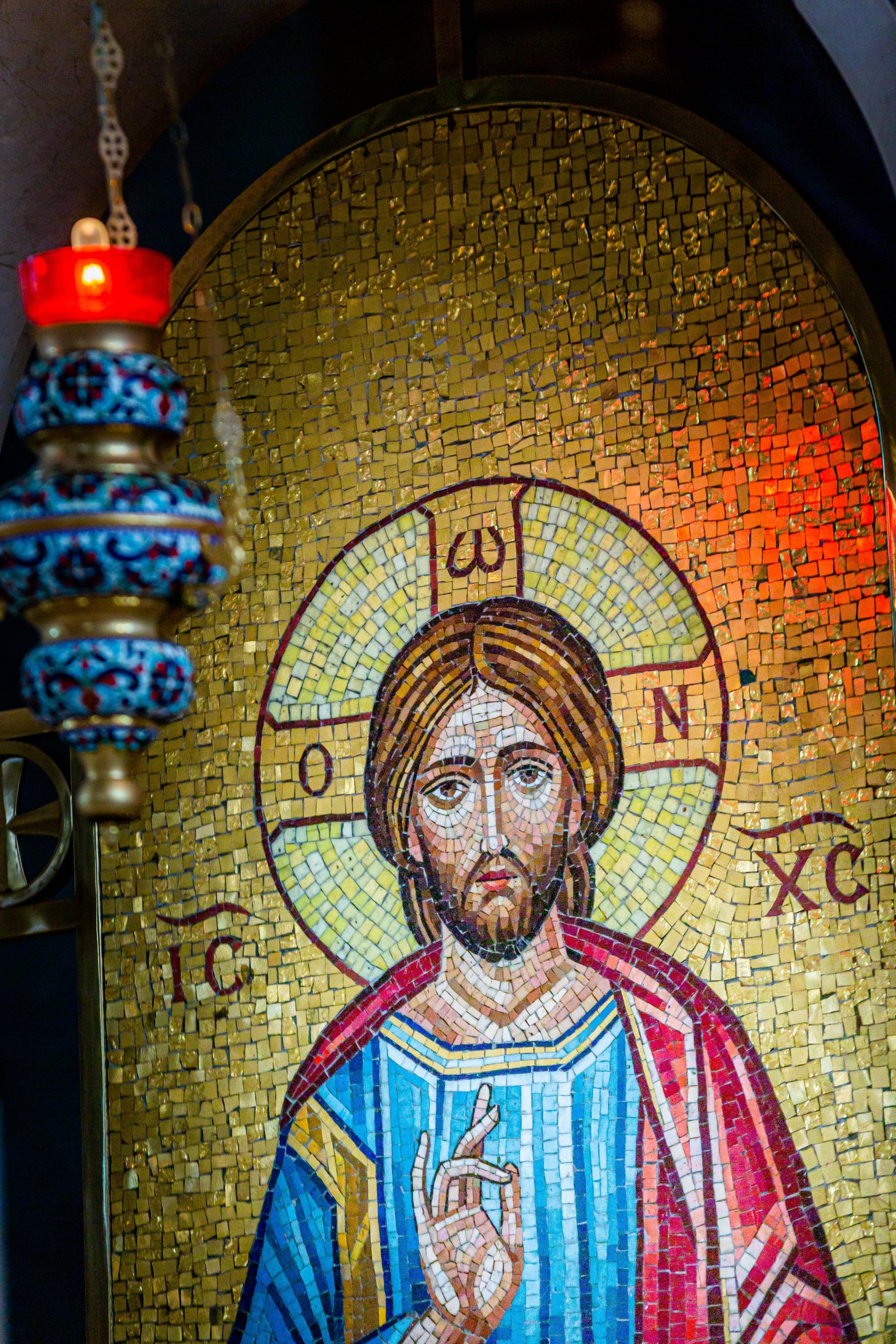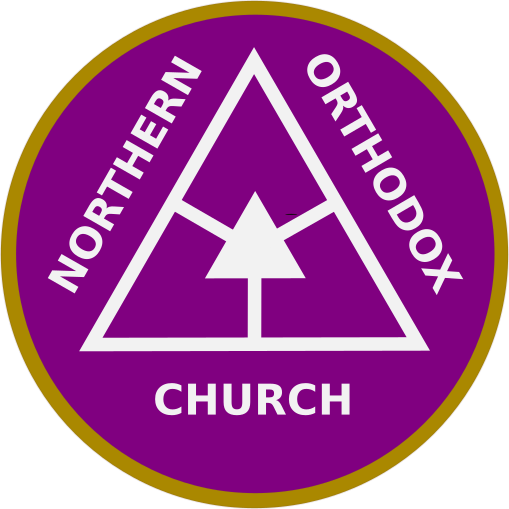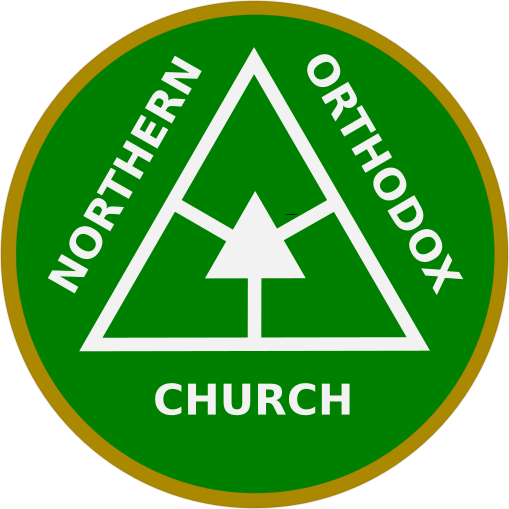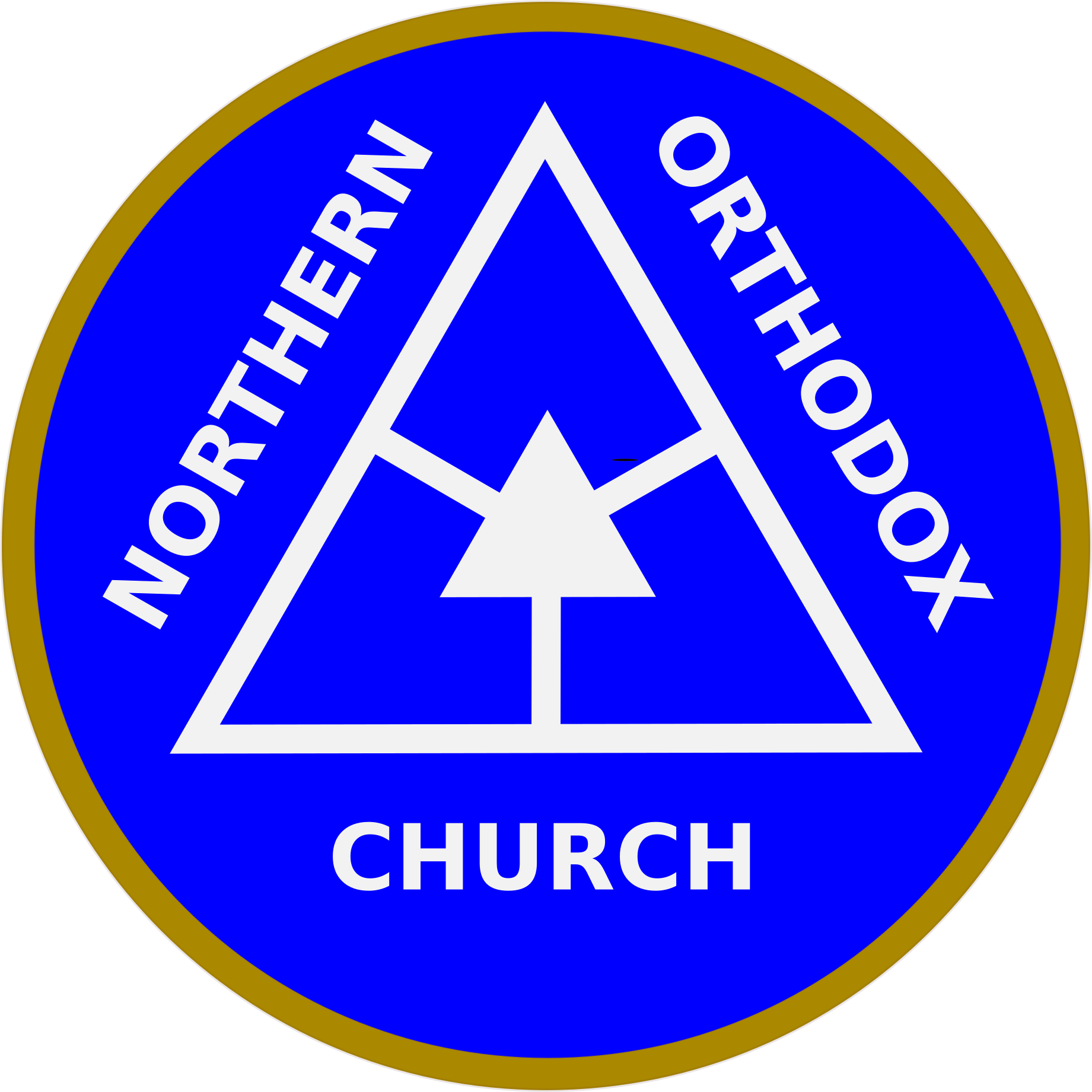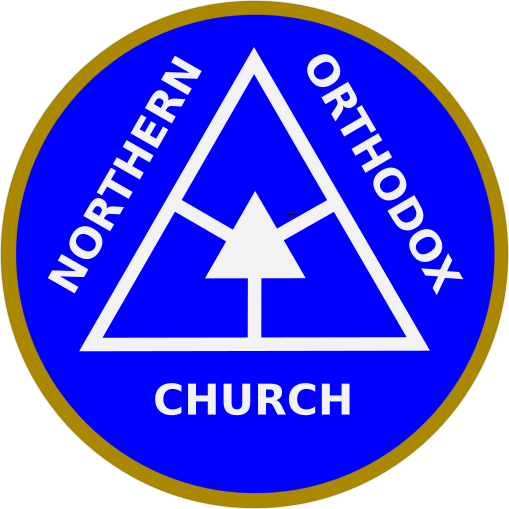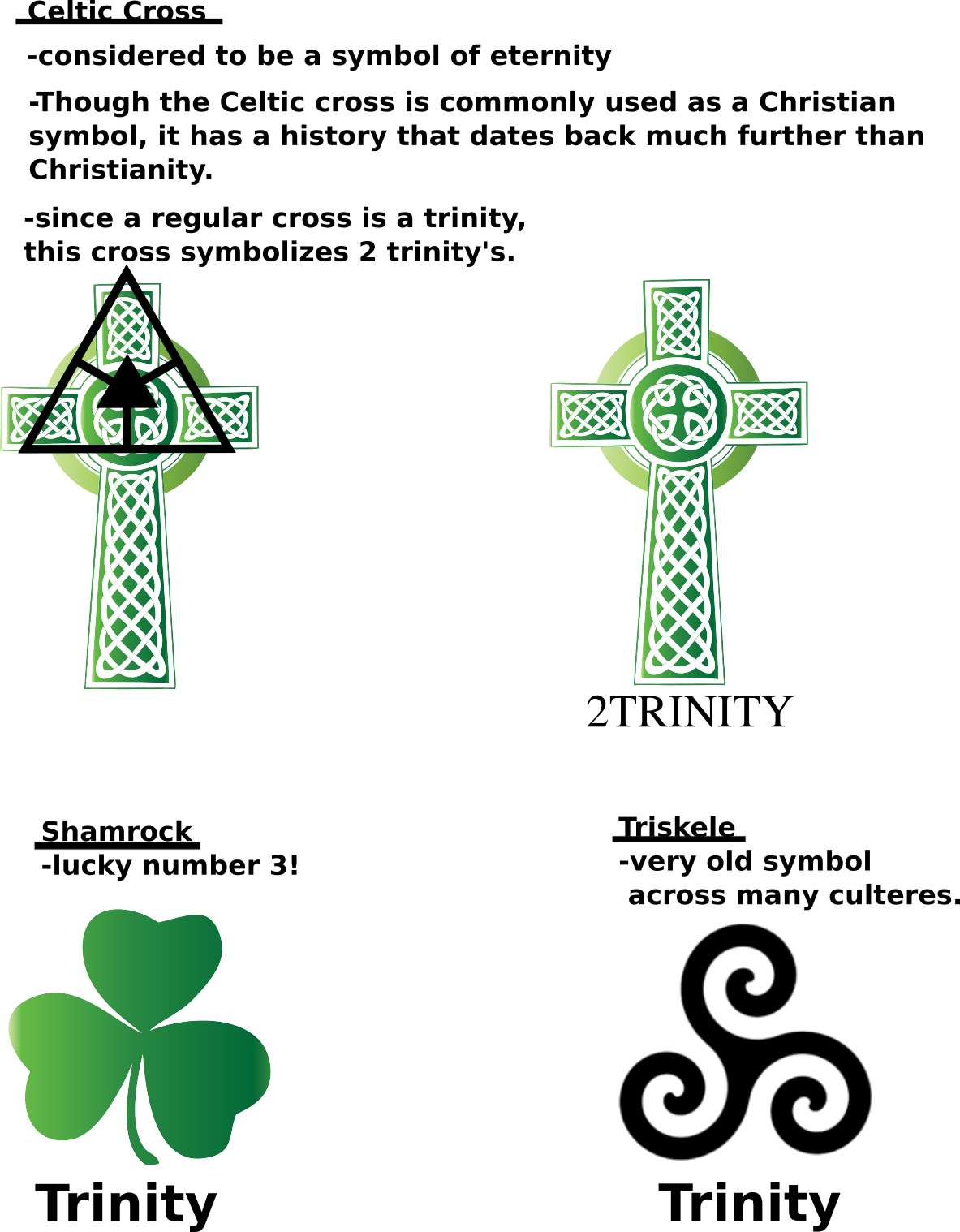

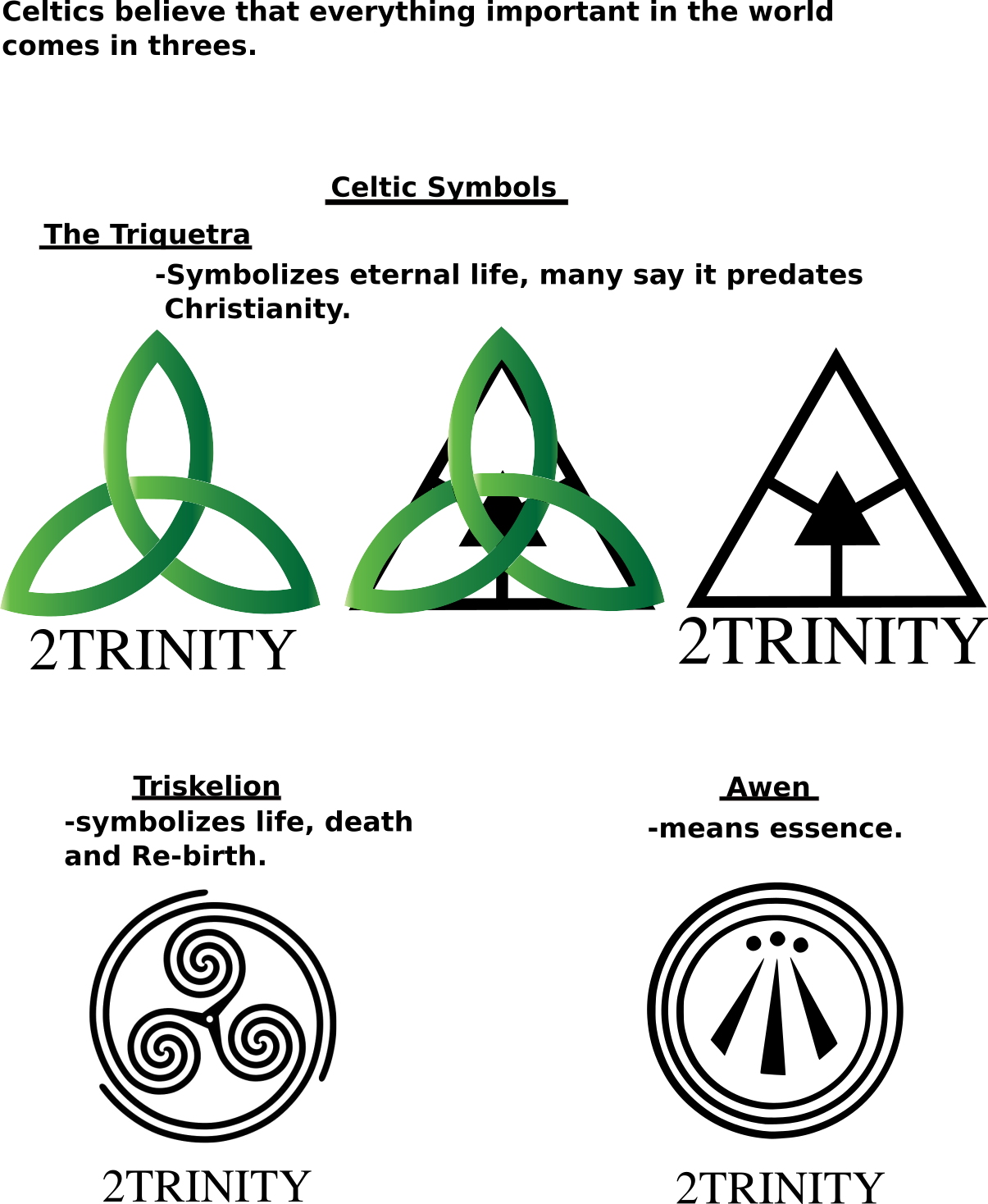
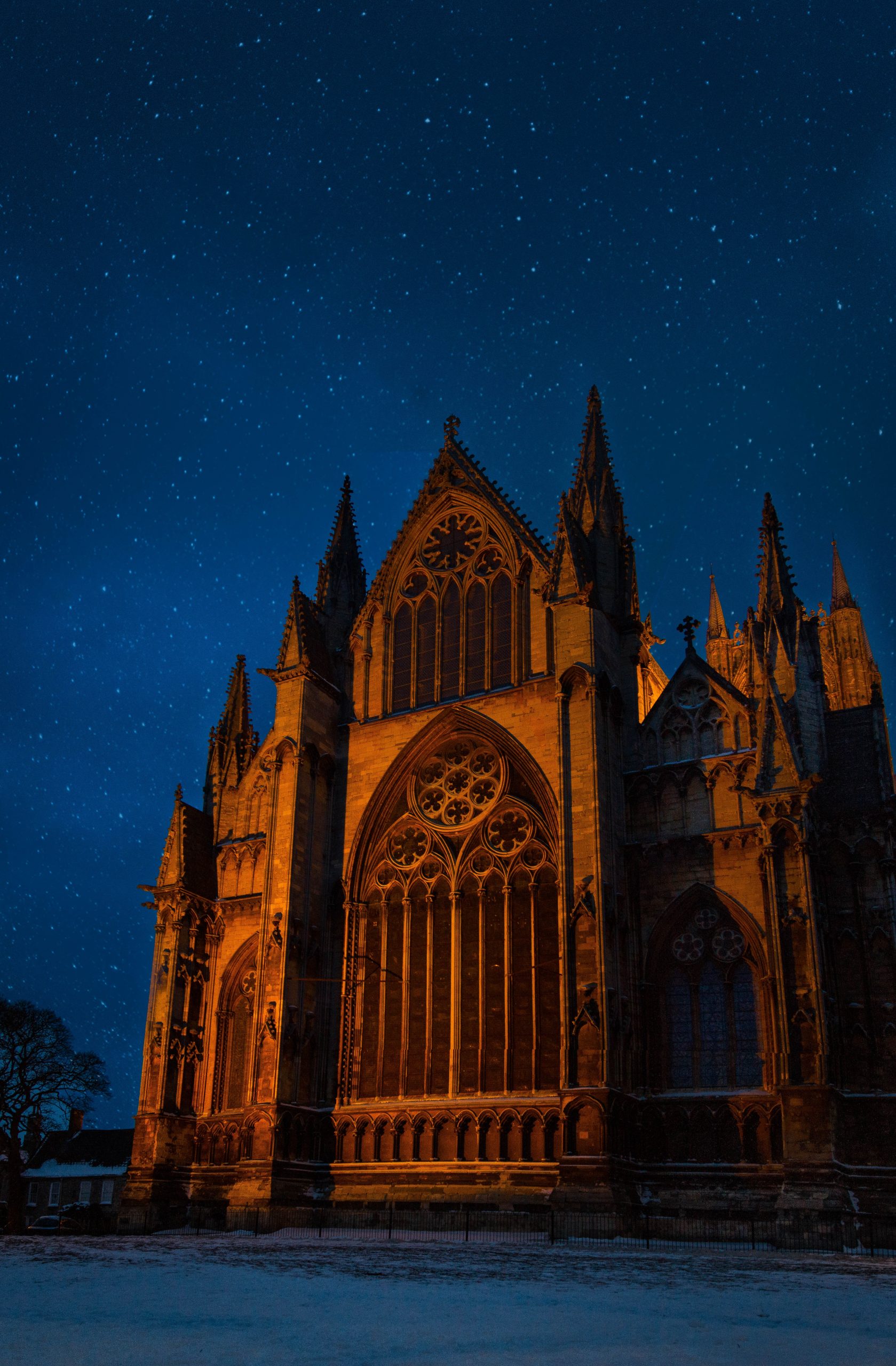
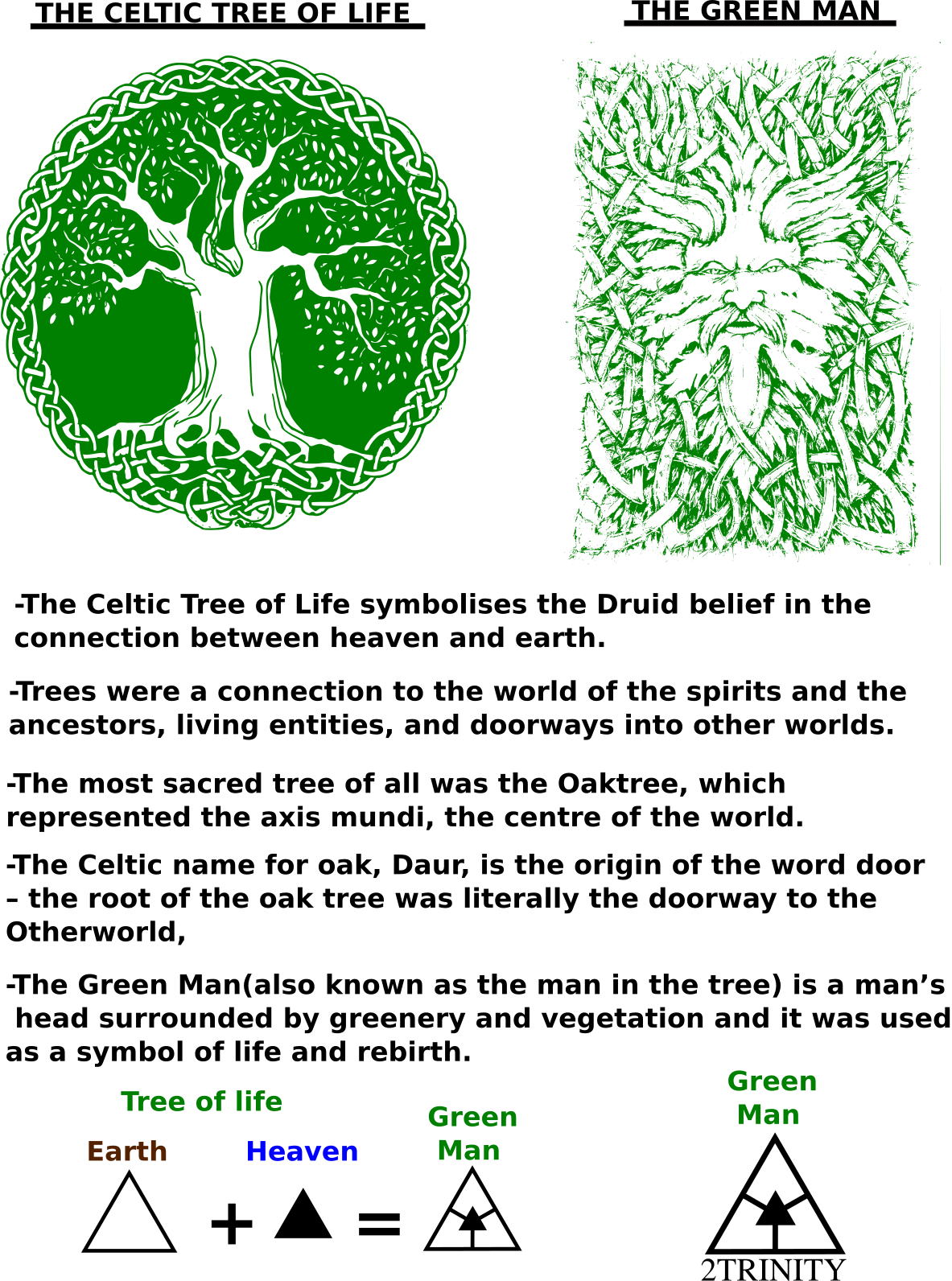
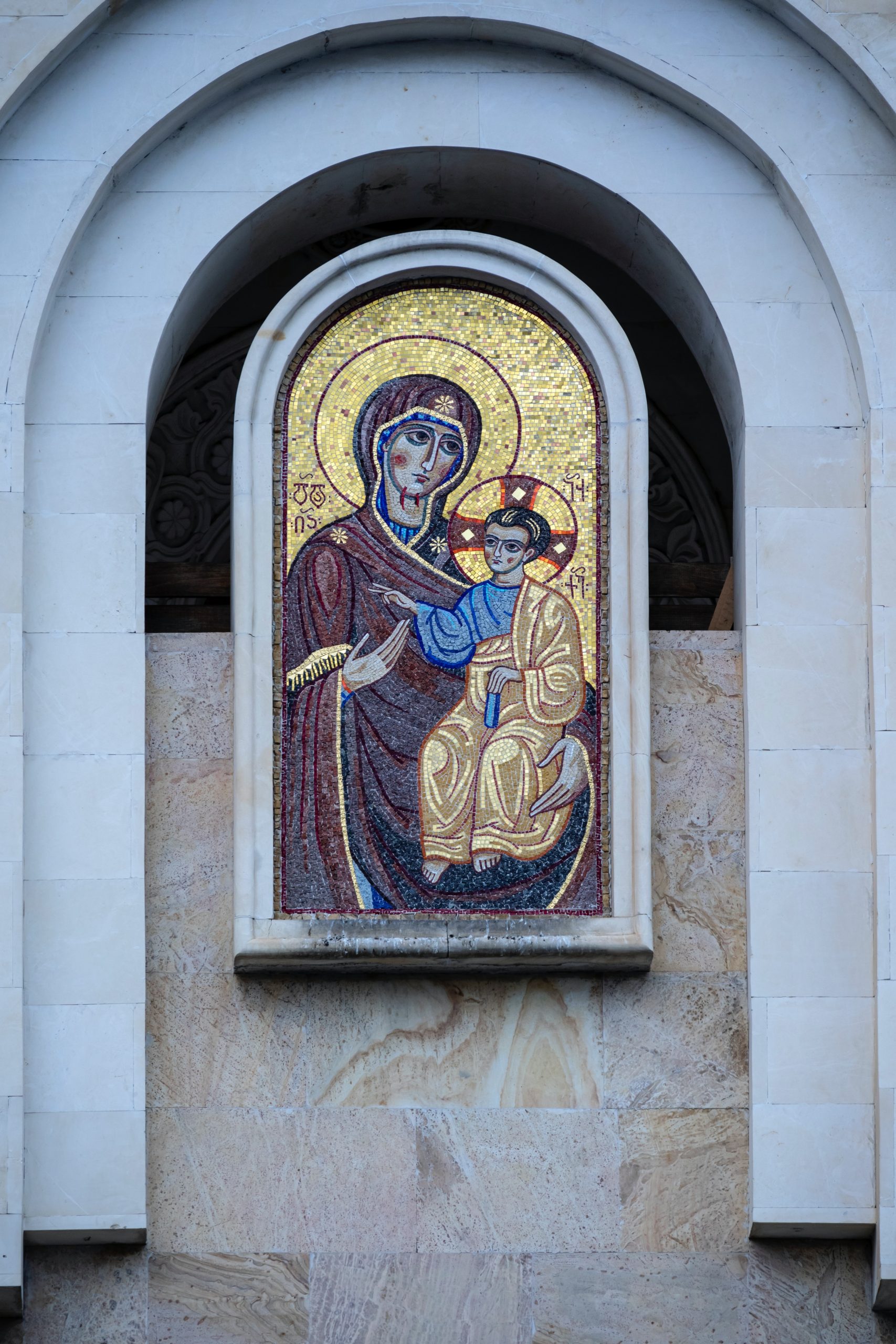

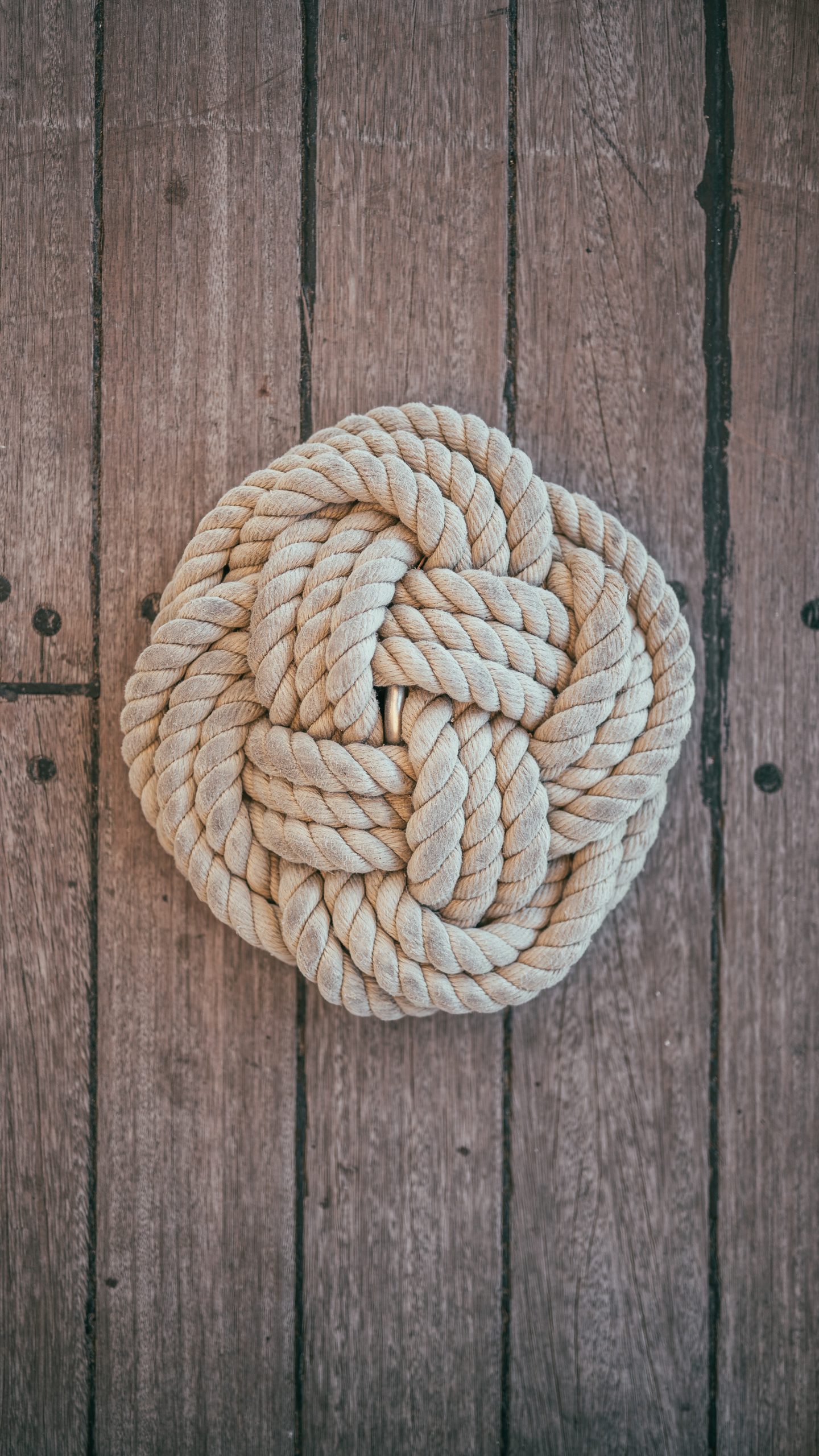
——————-***some notes from various sources***—————————–
Top 20 Irish Celtic Symbols And Their Secret Meanings Explained
-triscellion apparently really onld, ancient examples everywhere.
The triquetra is considered one of the oldest symbols, dating back to as early as 500 BC when it was used to represent the triple goddess.
Celtic mythology is built on faith in eternal life. The heroes and heroines might die physically, but their souls will live forever in the undying lands. Indeed, death is regarded as a transition to the ‘rebirth’ state, in which the person becomes immortal.
arwen symbol
The Order of Bards, Ovates and Druids, describe the three lines as rays emanating from three points of light, with those points representing the triple aspect of deity and, also, the points at which the sun rises on the equinoxes and solstices – known as the Triad of the Sunrises. The emblem as used by the OBOD is surrounded by three circles representing the three circles of creation.
Various Neo-druid groups and individuals have their own interpretation of the Awen. The three lines relate to earth, sea and air; body, mind and spirit; or love, wisdom and truth. It is also said that the Awen stands for not simply inspiration, but for inspiration of truth; without Awen one cannot proclaim truth. The three foundations of Awen are the understanding of truth, the love of truth, and the maintaining of truth. The rays also stand for the letters from which all others evolved: I, O, and U.—***this interpretation is wrong***—
Celtic shield knots can be identified as any of the Celtic knots with four distinct corner areas. They usually resemble a square but sometimes they are a square shaped emblem within a circle. As in all Celtic knots there is no beginning and no end. The Celtic shield knot idea comes from civilizations more ancient than the Celts. Anciently, it was a universally known symbol for protection from danger and warding off evil spirits. The symbol is always fourfold based, but within a greater unity.
The interlacing lines of the Celtic circular knot stands for “no beginning, no ending, the continuity of everlasting love and binding together or intertwining of two soul or spirits.
Celtic knots are incorporated in a variety of design ideas and are a popular choice for jewelry and tattoos
—————————————————————————————————-.
good info on triple gods http://maryjones.us/jce/triplegoddess.html
—————————————————————————————————-
Triple Goddesses in the Celtic World by Judith Shaw
Many neopagans and modern Goddess worshipers mistakenly equate the triadic nature of some Celtic Goddesses with the Triple Goddess concept first popularized by Robert Graves in his book, The White Goddess. Graves stated that Goddesses were frequently found in triplets as Maiden, Mother and Crone. But there is nothing found in the ancient stories of Celtic Goddesses to indicate that they were known as Maiden, Mother and Crone.
Quite the contrary – though the Celts had a number of both triadic Goddesses and Gods, they did not represent stages of life. Instead these triple deities were seen to represent the mysterious nature of the cosmos. They expressed and ruled over the more mystical aspects and truths of life rather than the mundane and practical ruled over by the deities connected to geographical locations.
In general the Celtic imagination was filled with the number three as a sacred number – the three-fold Celtic spiral know as the Triskel, the Triadic, verse in three parts used to pass on knowledge and wisdom, and the three loops comprising the Celtic knot to name a few.
From the first century AD we find the earliest depictions of the Triple Goddess in Celtic art. These are the reliefs of three well- dressed women known as The Matronae, or the Mothers. Some of the figures appear to be married as seen by their head attire and some are not. They represent a Triple Goddess of Abundance as they are all holding flowers, fruit, wheat – the things of human sustenance. They are often given a secondary name beyond Matronae, a name which represents the local goddess of the land or a river.
The Celtic propensity for viewing their most mysterious Goddesses in triplicate form indicates a belief that the many comes from the One Source, simultaneously expressing oneness and individuality. The Celt’s Triple Goddesses guide us on our paths through the various aspects of life on Earth, while opening our hearts to the numinous beyond.
